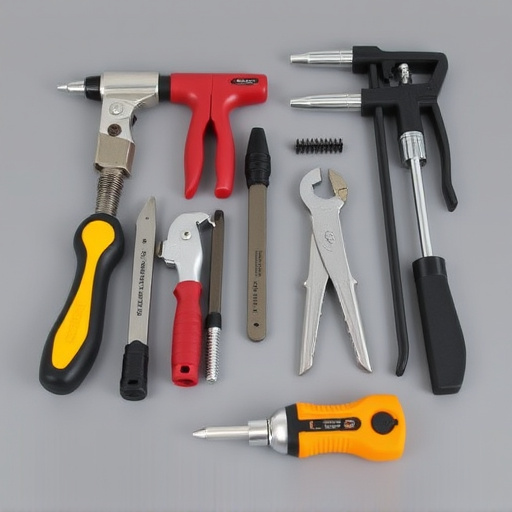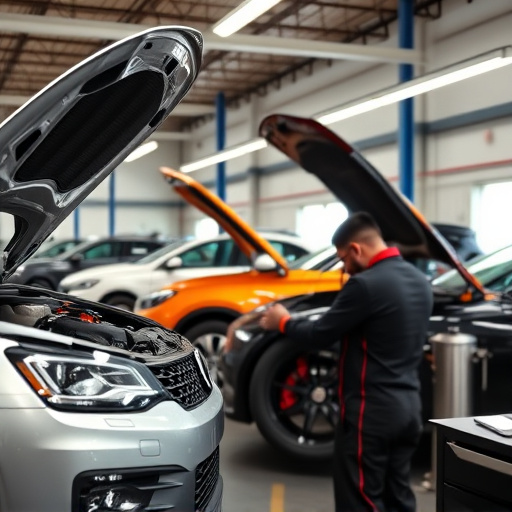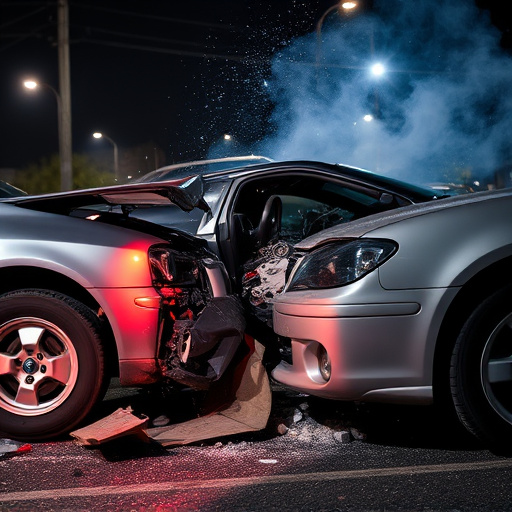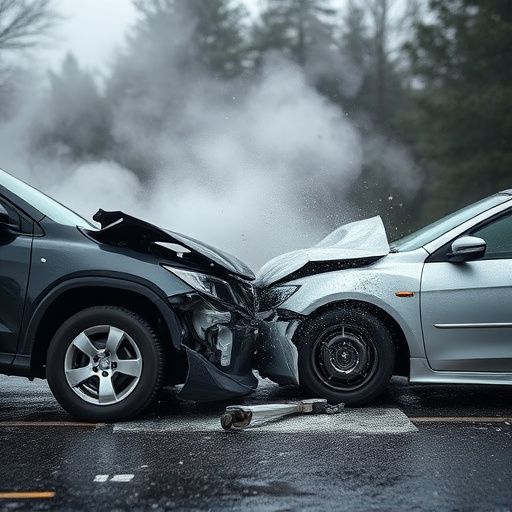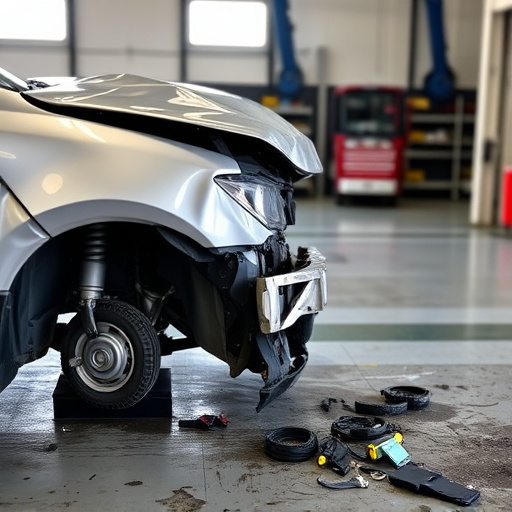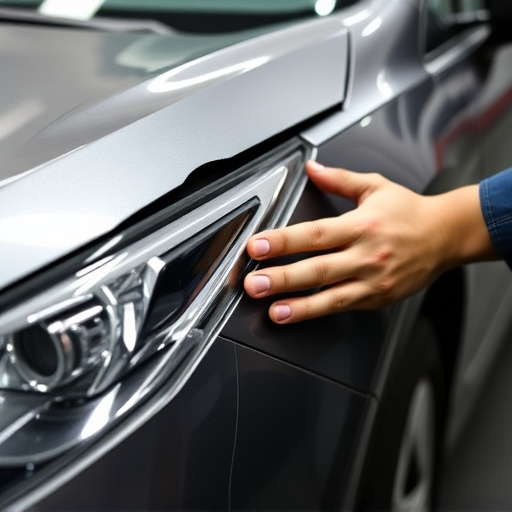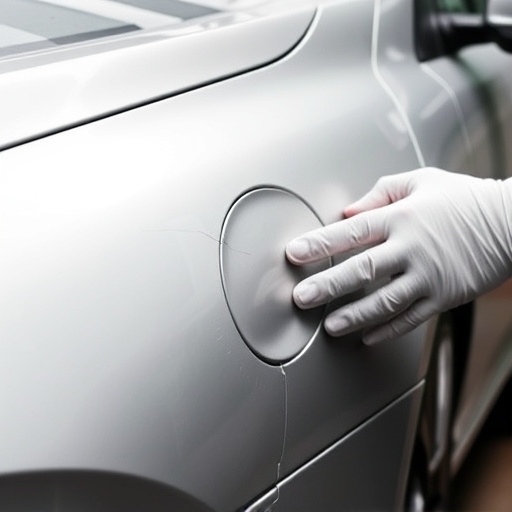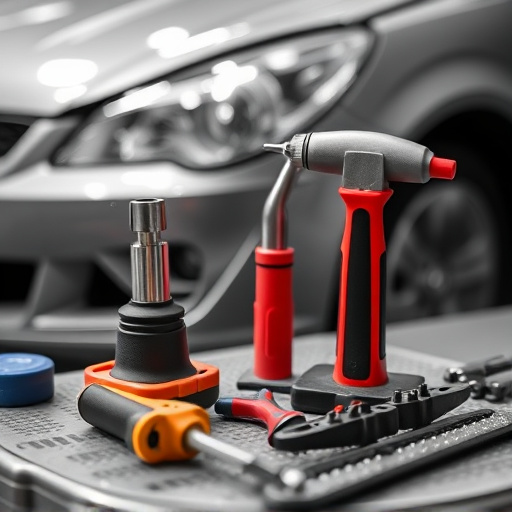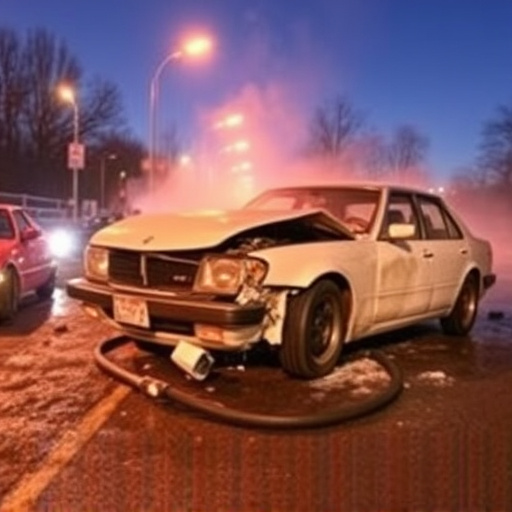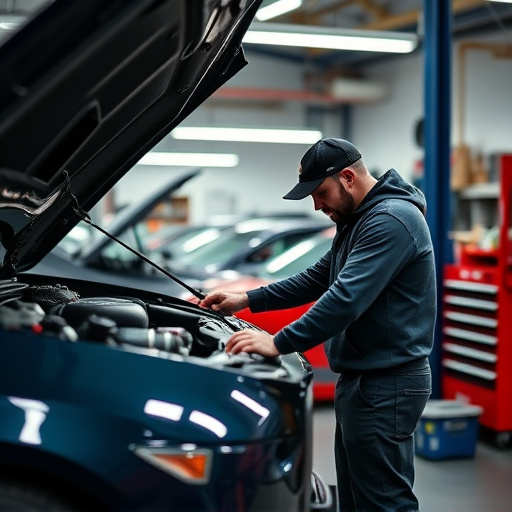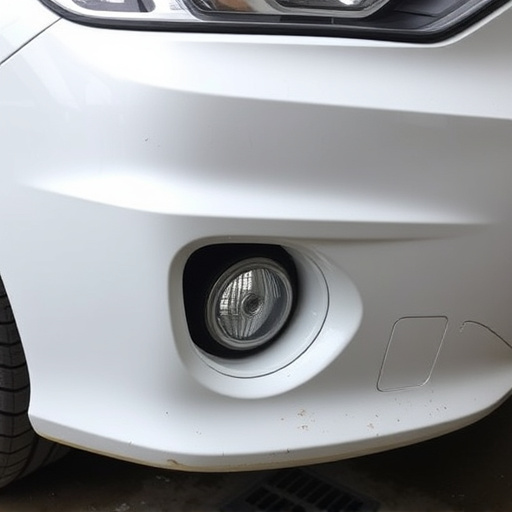Waterborne paint technology is revolutionizing the automotive industry by offering a safer, eco-friendly alternative to traditional solvent-based paints, with faster drying times and reduced VOCs. It provides versatile colour matching for various repairs, from minor scratches to major restorations. By adopting this technology, collision repair shops can create healthier work environments, appeal to environmentally conscious customers, and ensure long-lasting, high-quality finishes, staying ahead of industry trends. To maximize benefits, follow a detailed guide covering workspace preparation, paint selection, mixing, surface cleaning, and application techniques.
“Discover the future of auto repair with The Complete Guide to Waterborne Paint Technology. This comprehensive article equips automotive professionals with an in-depth understanding of waterborne paint, its benefits, and implementation strategies. Learn how this eco-friendly, low-VOC alternative enhances shop efficiency, reduces environmental impact, and improves finish quality. From the science behind it to step-by-step application guides, master the art of waterborne paint technology for superior auto repair results.”
- Understanding Waterborne Paint Technology: A Primer for Auto Repair Professionals
- Benefits and Advantages in Using Waterborne Paints for Automotive Repairs
- Implementation and Best Practices: A Step-by-Step Guide for Effective Waterborne Paint Application in Auto Repair Shops
Understanding Waterborne Paint Technology: A Primer for Auto Repair Professionals
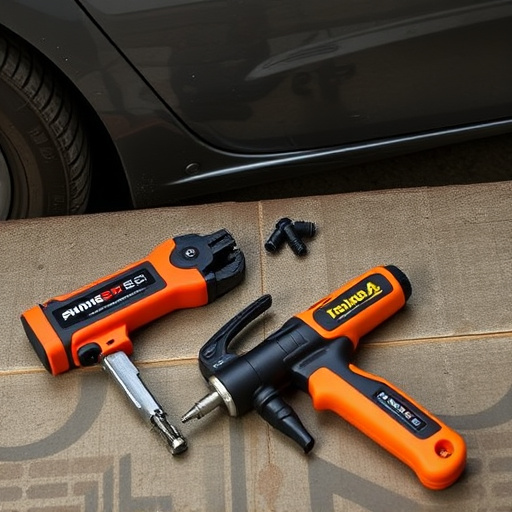
Waterborne paint technology has revolutionized the automotive industry, offering a safer and more environmentally friendly alternative to traditional solvent-based paints. This innovative approach to car scratch repair and collision repair shop operations involves using water as the primary vehicle for transporting pigments and resins, eliminating the need for volatile organic compounds (VOCs). The benefits of waterborne paint are numerous: it reduces airborne emissions, decreases odours, and provides a faster drying time compared to conventional paints.
For automotive collision repair professionals, embracing waterborne paint technology is a game-changer. It not only contributes to a healthier work environment but also enhances the overall quality of repairs. The versatility of this technology allows for precise matching of colours, making it ideal for a wide range of applications, from minor car scratch repair to major restoration projects. By adopting waterborne paints, collision repair shops can stay ahead of industry trends, appeal to eco-conscious customers, and ensure long-lasting, high-quality finishes on every vehicle they service.
Benefits and Advantages in Using Waterborne Paints for Automotive Repairs
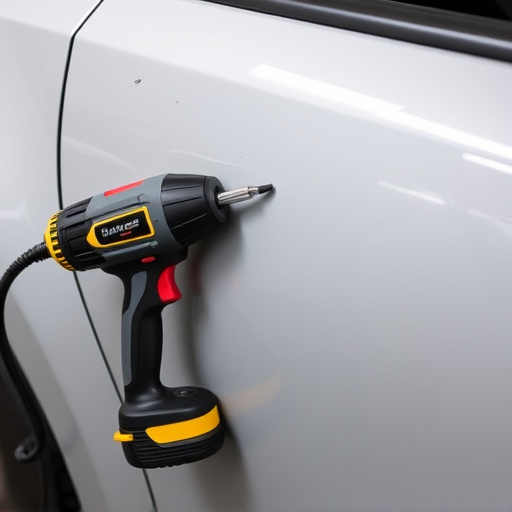
Waterborne paint technology has revolutionized auto painting, offering numerous benefits for collision repair shops and car dent repair professionals. One of its key advantages is the reduction of volatile organic compounds (VOCs) compared to traditional solvent-based paints. This makes waterborne paints a more environmentally friendly option, contributing to improved air quality in workshops and surrounding areas.
Additionally, these advanced paints provide superior coverage and fast drying times, streamlining the repair process. Their versatility allows for easy application on various surfaces, ensuring high-quality finishes comparable to conventional auto painting methods. Waterborne technology also enhances durability, making repaired vehicles more resilient against fading, chipping, and other forms of damage, thereby increasing customer satisfaction in collision repair shops.
Implementation and Best Practices: A Step-by-Step Guide for Effective Waterborne Paint Application in Auto Repair Shops
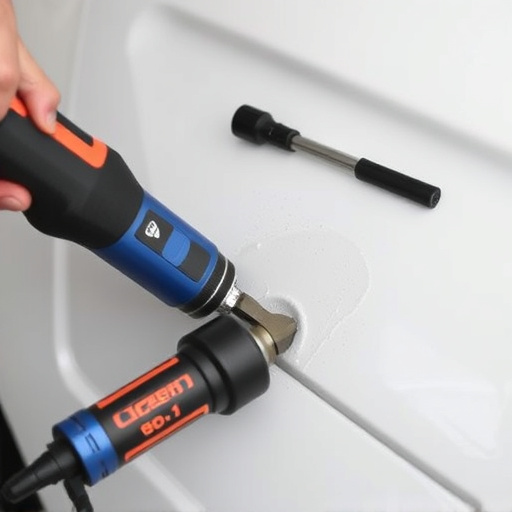
Implementing waterborne paint technology in auto repair shops offers numerous environmental and performance benefits. To ensure effective application, follow a step-by-step guide. Begin by preparing the workspace, ensuring proper ventilation and equipment setup. Next, select the right waterborne paint formulated for vehicle bodywork, considering factors like color, viscosity, and curing time. Mix the paint according to manufacturer instructions, maintaining consistent ratios for optimal performance.
Before applying the paint, thoroughly clean and prepare the auto body work surface, removing any grease, dust, or contaminants. Use appropriate spray equipment, such as airless guns or HVLP (high-volume, low-pressure) sprayers, to apply even coats, adhering to recommended spray patterns. Maintain a consistent distance from the surface for uniform coverage. Allow each coat to dry according to the paint’s specifications before applying subsequent layers, ensuring a smooth, durable finish for superior auto repair services.
Waterborne paint technology has revolutionized auto repair, offering a more environmentally friendly and efficient alternative to traditional coatings. By understanding its benefits, implementing best practices, and adopting this innovative approach, auto repair professionals can enhance their shop’s operations, reduce environmental impact, and deliver superior quality finishes that meet modern standards. Embracing waterborne paints is not just a step towards sustainability; it’s a strategic move to stay competitive in the evolving automotive industry.
